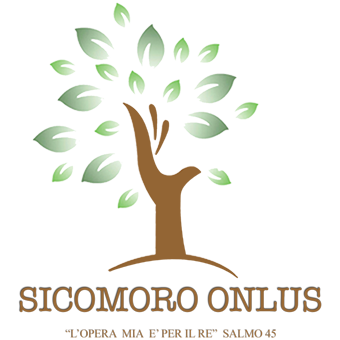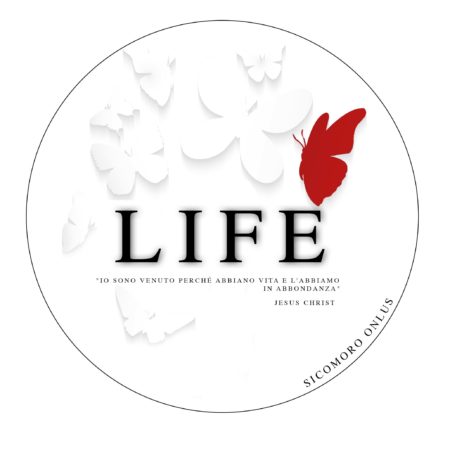III. SRI LANKA’S Social Range individuals, community, religion, and you will gender
Introduce society off Sri Lanka is approximately 18.step 3 million (1996) at which nine.3 million are men and you can 9 million lady. The average population occurrence try 250 for every single sq .. kilometres, with 50 to three 000 just like the reduced and you will higher densities correspondingly. The growth speed of the populace is actually 1.cuatro per cent (1980–1990), the populace likely to visited twenty-five million of the middle twenty-first century. Living span men and women try 73 ages and newborn death pricing also are low (24 for every step one 000). A great 35 percent of the inhabitants is below 15 years and you may 55 per cent of your own inhabitants a lot more than 54 decades (EIU, 1997).
On the 70 percent of those are now living in this new southwest urban area (wet zone) hence uses up three-household of one’s cultivated homes. A keen 89 per cent of one’s population lived in outlying portion within the 1991 (EIU, 1997). The fresh new metropolitan society is all about twenty two percent, and therefore practically remained undamaged due to the fact 1980’s. Although not, increasing industrialisation could possibly get manage significantly more urban areas.
Men outnumber feminine in outlying and you will towns
Sri Lanka try a multiple-cultural and you can multiple-religious country. Sri Lanka since the a multiple-cultural community, are constituted off Sinhalese (74.0 percent), Tamils (18.dos percent), Muslims (seven.1 percent) and left 0.eight % try Chinese, Moors and Burghers from Dutch and you may Portuguese descendants. A highly small number (from the 2 000) local some one entitled Veddahs (descendants of one’s totally new population in advance of Sinhalese payment). Most of Sinhalese, was Buddhists (69.step 3 %), followed by followers from Hinduism (fifteen.5 per cent), Islam (seven.six %) and you will Christianity (7.5 per cent) (Baldwin, 1991). Continua a leggere

